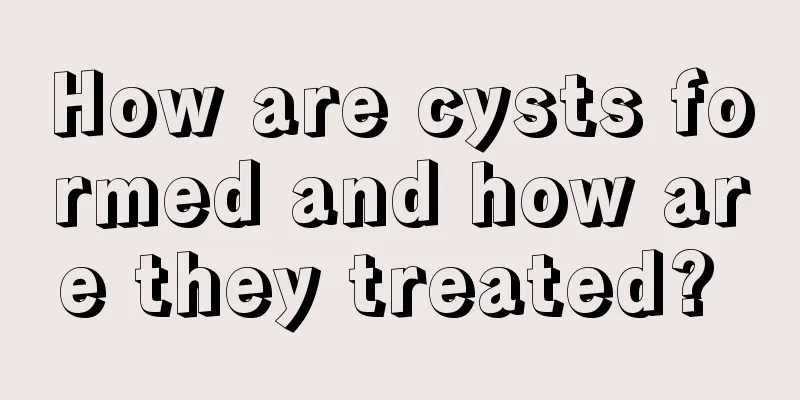How to treat rhinitis

|
Sinusitis is a very common nasal disease that many people suffer from due to various reasons. After sinusitis occurs, it is necessary to seek timely treatment, because if the treatment is too late, it will affect the treatment effect. Of course, sinusitis will have a greater impact on human health. So, what are the methods for treating sinusitis? The specific treatment will be introduced to you below! 1. Systemic treatment Use sufficient antibiotics to control the infection. Since most of them are coccal infections, penicillins and cephalosporins are the drugs of choice. Drug treatment emphasizes the selection of sensitive antibiotics and their use in sufficient doses and for sufficient courses. If the headache or local pain is severe, sedatives or analgesics may be used appropriately. General treatment is the same as for acute rhinitis. Traditional Chinese medicine treatment focuses on dispersing wind and heat, and aromatically opening the orifices, supplemented by detoxification and removing blood stasis. 2. Antibiotics Macrolides (macrolide antibiotics) can reduce the toxicity of chronic bacterial infections and reduce cellular damage, although they cannot eliminate bacteria. In cases where hormonal therapy fails, selective long-term low-dose macrolide antibiotic therapy is effective. The specific mechanism of action is not very clear, but it may be related to the downregulation of local host immune response and the weak toxicity of the propagated bacteria. 3. Antihistamines Although antihistamines are not recommended for the treatment of chronic rhinosinusitis, a study in the United States showed that antihistamines are often used in the treatment of chronic rhinosinusitis and can significantly relieve symptoms of sneezing, runny nose and nasal congestion, but have no significant effect on the size of nasal polyps. 4. Surgical treatment 1) Endoscopic sinus surgery is currently the preferred method. Under the clear vision of nasal endoscope, all sinus lesions are completely removed, the sinus ostia are fully opened, sinus drainage is improved, and normal tissue is preserved as much as possible. It is a minimally invasive surgery that preserves function as much as possible. 2) Other surgeries: maxillary sinus endonasal fenestration, maxillary sinus radical resection, intranasal ethmoid sinus resection, external ethmoid sinus resection, frontal sinus drilling, frontal sinus incision, sphenoid sinus incision, etc. |
<<: Will I vomit something during pregnancy?
Recommend
What foods are good to prevent hair loss?
In life, due to the influence of stress, diet and...
Mid-term cure rate of gastric cancer
Generally speaking, the five-year survival rate o...
How to draw the eye bags under the single eyelid
Many women with single eyelids are not satisfied ...
Hip stretch
The hip joint is a very important joint in our bo...
The main cause of malignant melanoma
If melanoma is not cured in the early stage, it w...
What are the benefits of washing your face with salt
With the improvement of economic level, many frie...
Ways to care for pain in advanced lung cancer
All cancer patients are extremely painful in the ...
What harm does alcohol do to the skin
Alcohol is a common solvent in our daily life. It...
How much does chemotherapy for bile duct cancer cost per session
Everyone may be familiar with the word chemothera...
How to stop bleeding without a Band-Aid?
Band-Aids are a very common thing in our lives an...
How to choose a silk quilt that is more comfortable
Bedding is a very important part of people's ...
What's the matter with the red mole on the body
A mole is a benign tumor that is usually congenit...
What to do if cerebral infarction compresses the eyes
Due to bad eating and living habits, more and mor...
What to do if you have a muscle strain
After a sprain, you must pay attention to confirm...
The difference between a lump and a cyst
The biggest difference between a lump and a cyst ...









